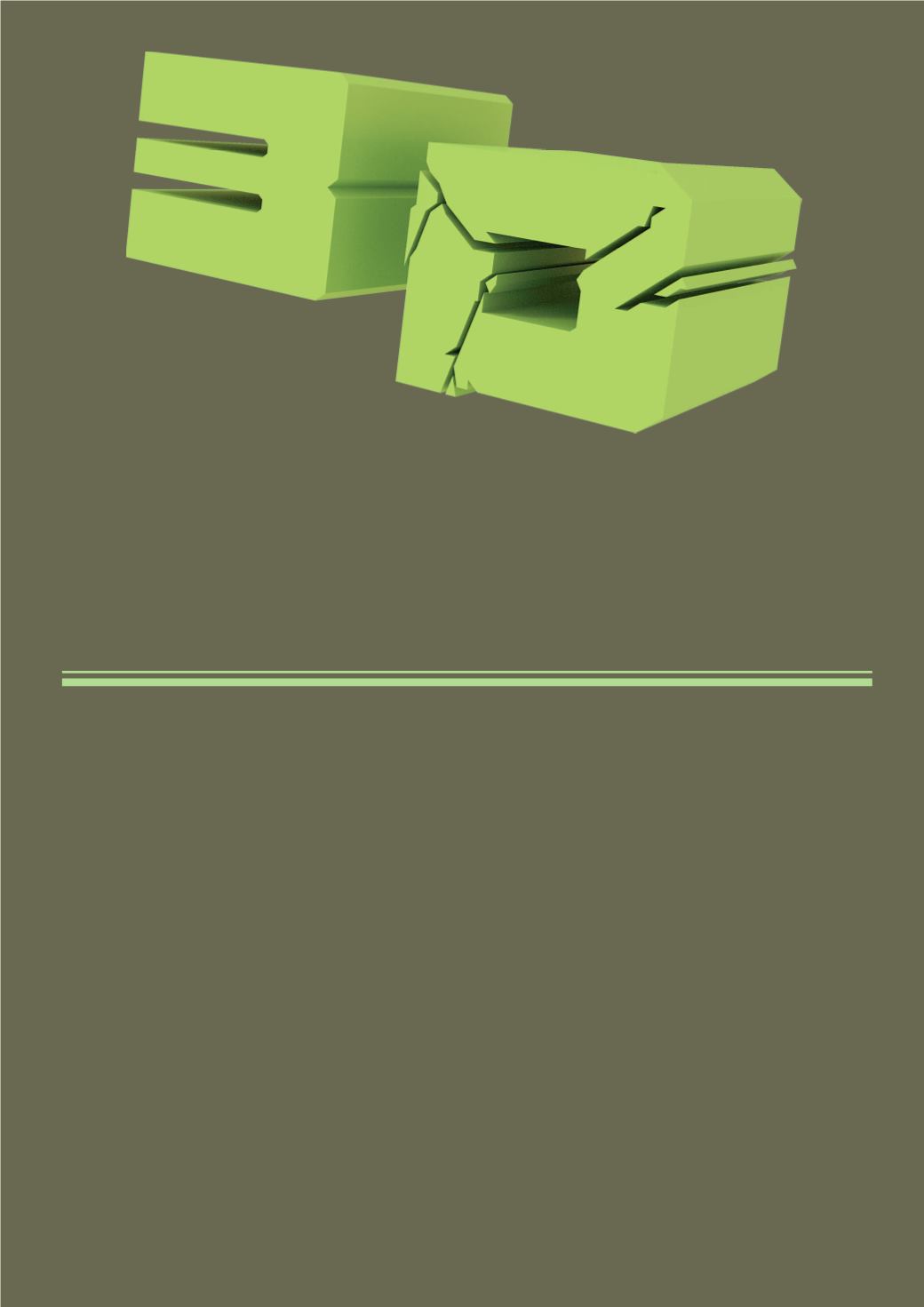
bio
-
printing
人類智慧和科技的一大突破
-
3D生化列印
2D
printers are now ubiquitous in Hong
Kong homes. Basic scanning and printing can
be completed with an effortless click of a mouse
button. Could this be the reality for 3D printing?
3D printing is a relatively new technological
process that does exactly what it describes –
print 3D objects. Theoretically, any object can
be printed, including glasses, earrings, toys, car
parts and potentially, even human organs.
Traditionally, the creation of objects from
tools to engine cylinders would require either
cutting or shaving of an initial block of material
or the casting of a mold. This is unnecessary in 3D
printing. 3D printing involves building the object
from the bottom up. Prior to printing, the 3D
printer reads an object template in the form of
computer aided design files (CAD) and converts
the design into isolated 2D cross-sectional slices.
The material used for the object is initially melted
and then heated upon deposition, layer by
layer until the object develops. Design patterns
can become quite complex depending on the
desired end-product. Templates are controlled
by parameters that can be altered by loci to
generate different geometric patterns. Iteration
and recursion are also methods to generate
highly complex and interesting patterns. For
example, the design of a hollow ring can be
enhanced by using these parameters to indicate
the number of holes or the size of the hollow area.
The medical industry has seized advantage
of this technology by attempting to print human
tissue for medical investigation, in a process
called bio-printing. Instead of printing layers
of metal or plastic as in the printing of other
objects, bio-printing involves the layering of live
cells, to form human tissue. While the technology
to print actual human organs is currently out
of reach, the printing of tissue is a significant
stepping stone toward that direction. Part of
the hurdle to overcome in this process is to be
able to create tissue with a functioning vascular
system possessing the ability to provide essential
nutrients and oxygen to sustain the life of cells.
Furthermore, organs require many different
cells to function properly in combination, thus
By Oi Ying Wong
黃靄盈


